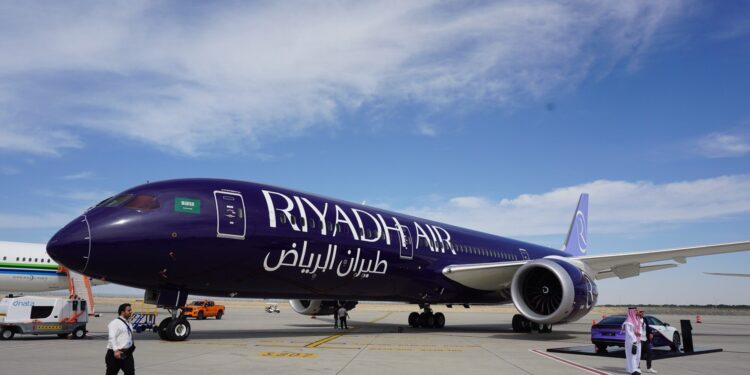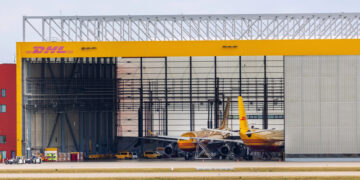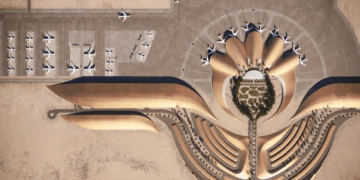Saudi Arabia is making a major push to become a leading force in global aviation, with the launch of Riyadh Air and the transformation of Saudia. This initiative is part of the Kingdom’s broader Vision 2030, aimed at diversifying the economy and establishing Saudi Arabia as a key player in international logistics and tourism, according to the Associated Press.
Riyadh Air, backed by the Public Investment Fund, is set to focus on premium long-haul routes, while Saudia is being repositioned to operate primarily out of Jeddah, targeting religious tourism and domestic travel. This dual-flag strategy is unprecedented in the region, where competitors like Emirates and Qatar Airways have long dominated with single flagship carriers.
Significant investments are being made in airport infrastructure, including the development of King Salman International Airport in Riyadh. The goal is to triple passenger numbers over the next decade. However, the region already has a strong aviation presence—Emirates and flydubai controlled nearly a quarter of the market for Middle East-based airlines in 2024, and Qatar Airways continues to operate as a major global hub, with 84% of its traffic consisting of connecting passengers, according to data from OAG’s 2025 Middle East Aviation report.
This aggressive expansion raises questions about whether the market can absorb more capacity, especially as global economic uncertainties and oil price fluctuations persist. The challenge for Riyadh Air will be to build a strong brand and deliver a high-quality passenger experience to stand out in a market where customer loyalty is often driven by price.
Saudi Arabia’s strategy also aims to make Riyadh and Jeddah attractive destinations, not just transit points. This marks a shift from the transfer-focused models of regional rivals.









